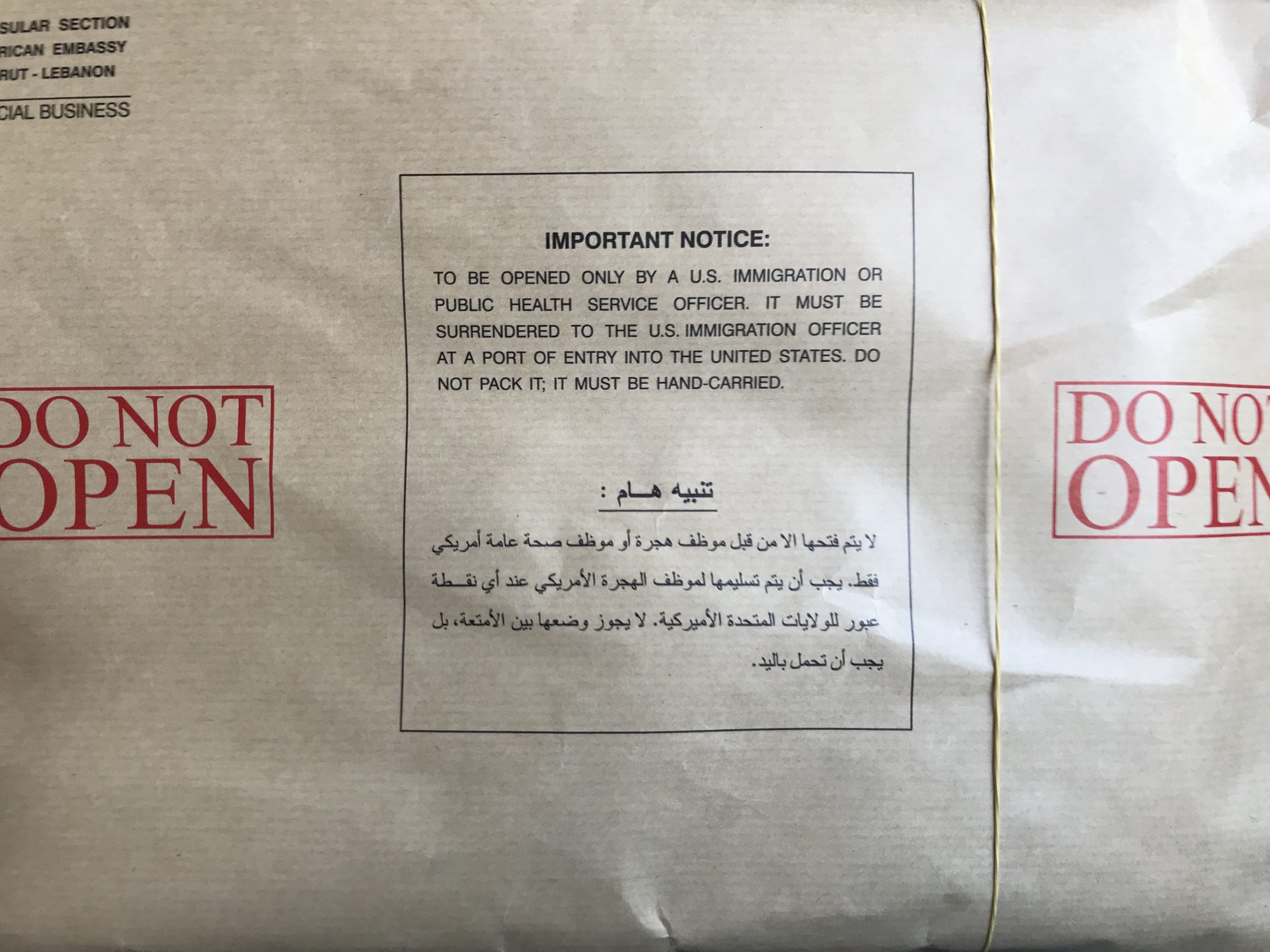One of the Montreal things that I’d read about obsessively before going was Expo 67, the great World’s Fair that took place here on Canada’s Centennial. It’s a multilayered megaevent that’s still seen as Canada’s cultural “Camelot” or even “last good year,” and there’s a lot to say about it, but during our stay at the In-Terminal Hotel, one thing of that era stood out: I couldn’t help but imagine the excitement that people must have felt as the world and even cosmos seemed to be getting smaller and smaller.
You can’t really think of that decade without thinking of air travel. As one blog put it on Expo 67’s 50th anniversary: “It was the swinging 60s. Twiggy was a supermodel – before there even was such a term. Flying was a stylish and sophisticated way for the jet set to get around the world … Everything was, well, groovy, Baby.”
The event itself spurred a lot of it too: “Aeroflot, the Soviet carrier, will start operating two flights a week from Moscow to Montreal in early June…” (NYT, May 31, 1967). And when guests arrived, Expo “hostesses” would greet them dressed almost exactly as air stewardesses would dress back then.
Air travel is the perfect metaphor for the 60s ideal: no limits, all possibility and novelty, and luxury for all. The 60s promised “laminar flow,” when all things could be made to move “correctly” and according to “plan,” while all sorts of turbulence would prove otherwise.
I’m fascinated by that boomer phenomenology and in spaces like these, you get a sense of how it must have felt to believe that weightless dream.
We experienced a lot of turbulence during our travel, and I don’t mean the sky bumps that rattle an airplane; I mean turbulence in the sense used by human geographers to talk about the opposite of “flow” — of things going smoothly. Turbulence these days is part of the design.
From check in, to drop off, to security, to boarding, to customs and baggage claim — these are by no means designed for flow. After 9/11, every one of these checkpoints is an interruption. Scan this, remove that (use a tray for each), raise your arms, wait your turn, look here, take off your hat – have a nice flight.
Throughout this trip, I tried to be diligent with my 35mm film rolls, packing them in a plastic bag and asking to have them hand checked. But this airport surprised me (after five hours in the air, I might add) by having American customs on Canadian soil (they literally had signs up that said “Welcome to the United States” before we’d even stepped foot into our gate), with a full security screening that was so rushed that someone took my bag before I’d had time to take my film out. When I protested, all they had the courtesy to say was: “too late.”
I don’t know if the dream of limitless freedom ever existed, but I have never known a world with jet packs.
“It’s too much, baby; it’s something else, total environment, romantic synaesthesia, the way things are,” Hugh Hood wrote in the Tamarack Review rehearsing as did others the typical vocabulary of the sixties to describe Expo 67: it was “a psychedelic experience” (Walker), “Canada’s Camelot” (MacDonald, “Expo Thousands”), “a color-splashed display of Carnaby Street’s mad mod styles” (“Miniskirts Mix”). But the World’s Fair was not merely stylish and hip; it was also the effective symbol of an apparently vibrant nation perched on the brink of international recognition, “a vehicle for Canadian daring, skill, imagination, science and endeavour” (MacDonald, “Long Live”), and proof, as Deputy Commissioner-General Robert Shaw pointed out in a speech before the Federal-Provincial Tourist Conference, that the nation had “reached maturity after 100 vigorous years.” [Eva-Marie Krôller]
